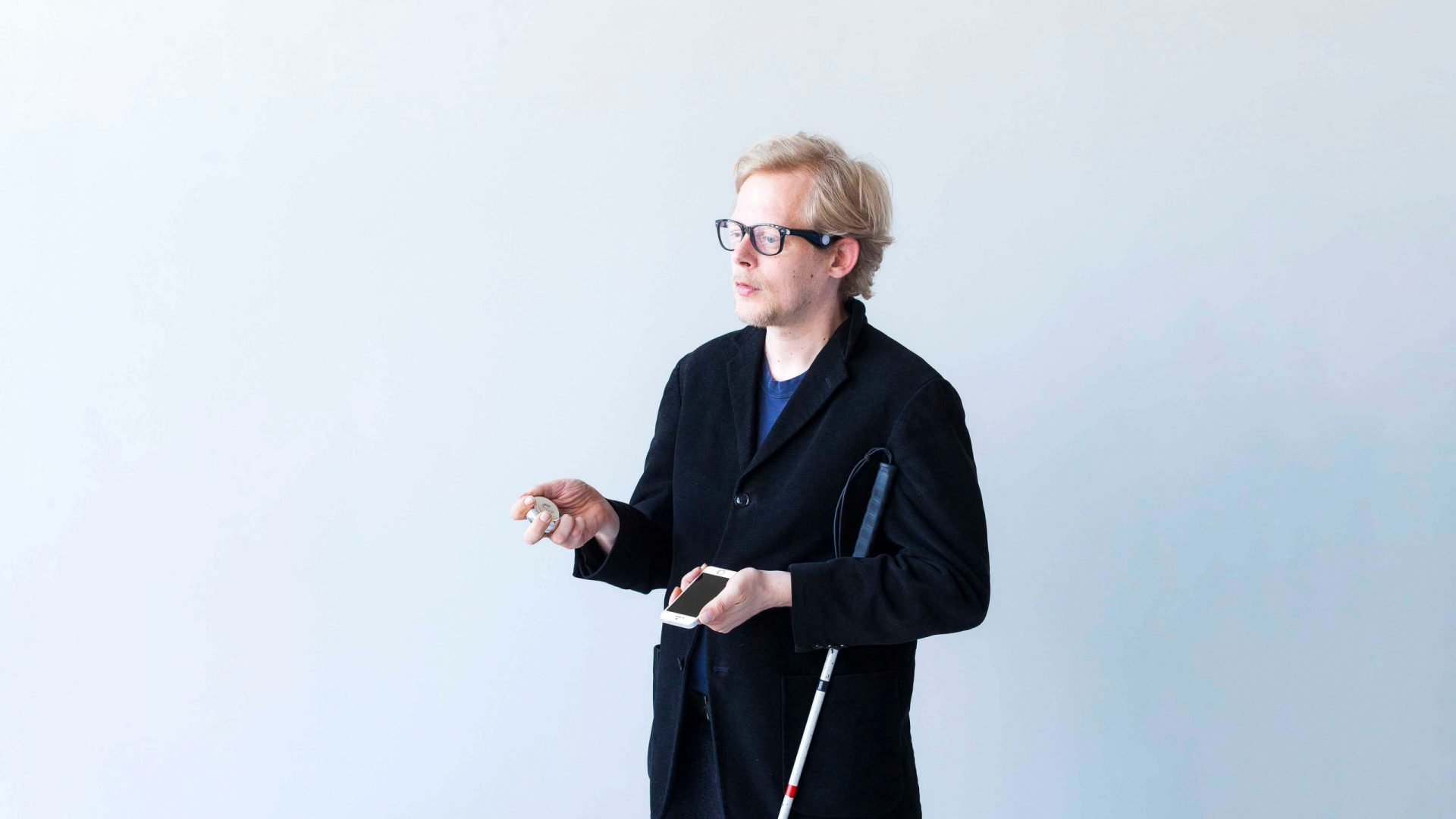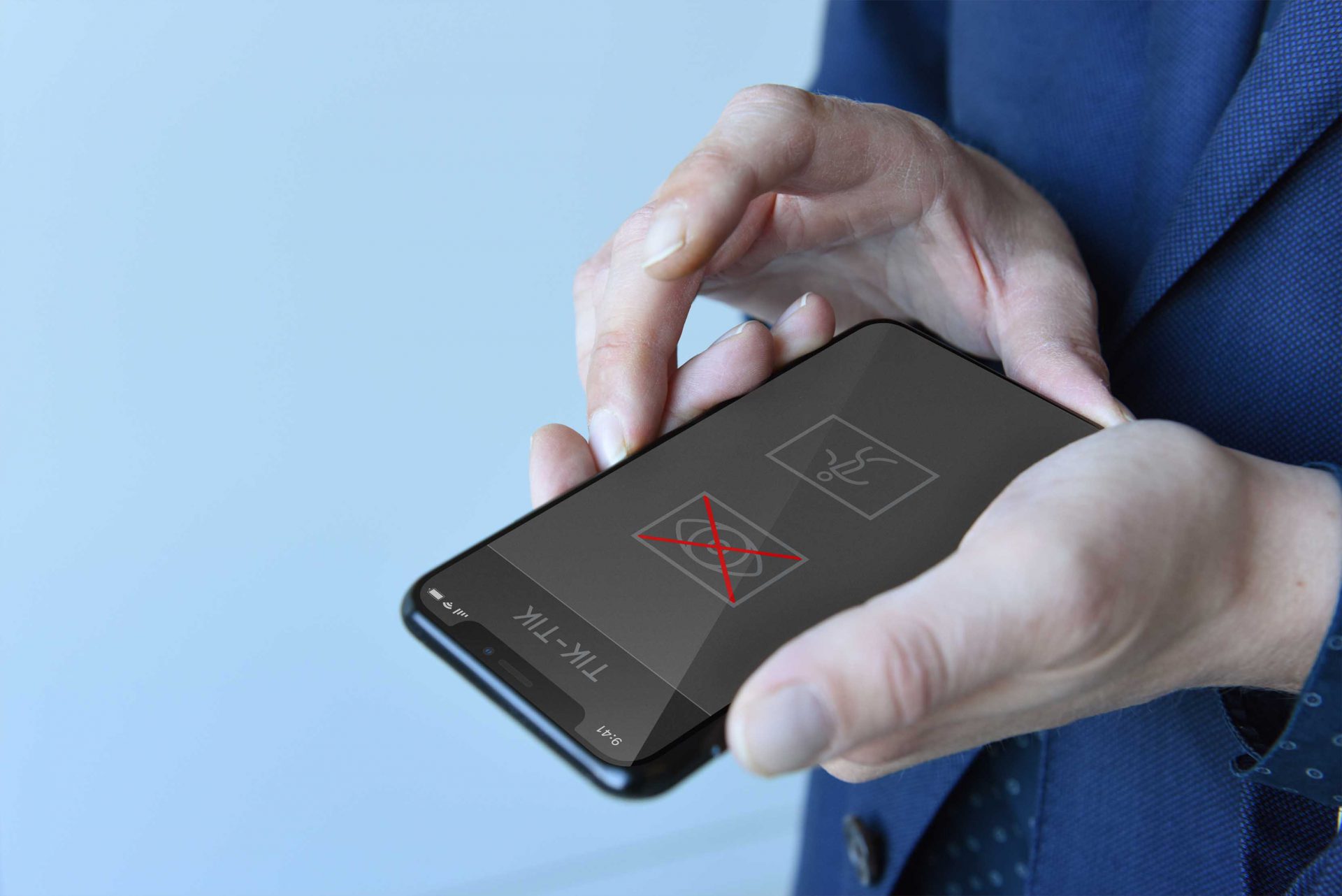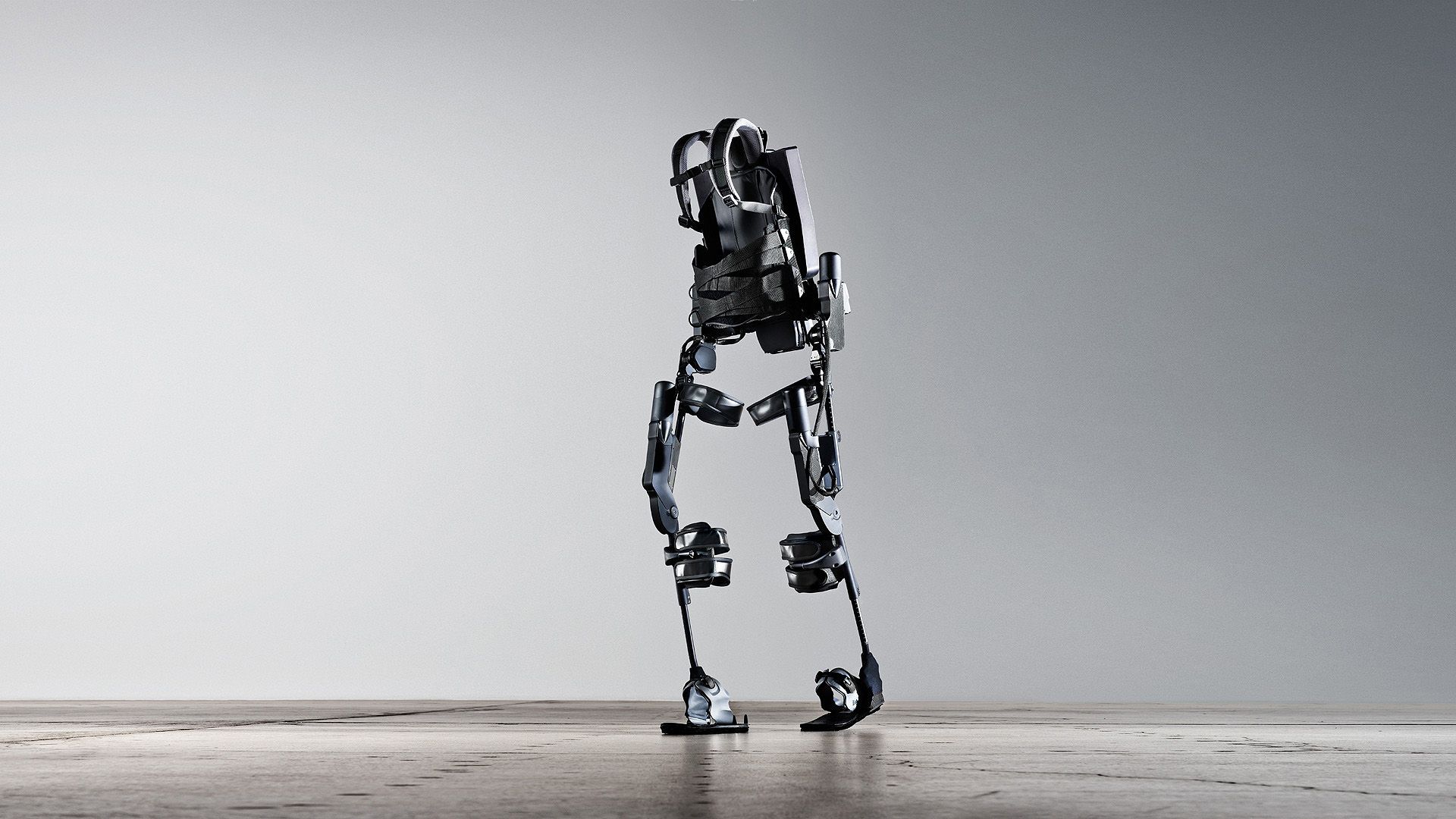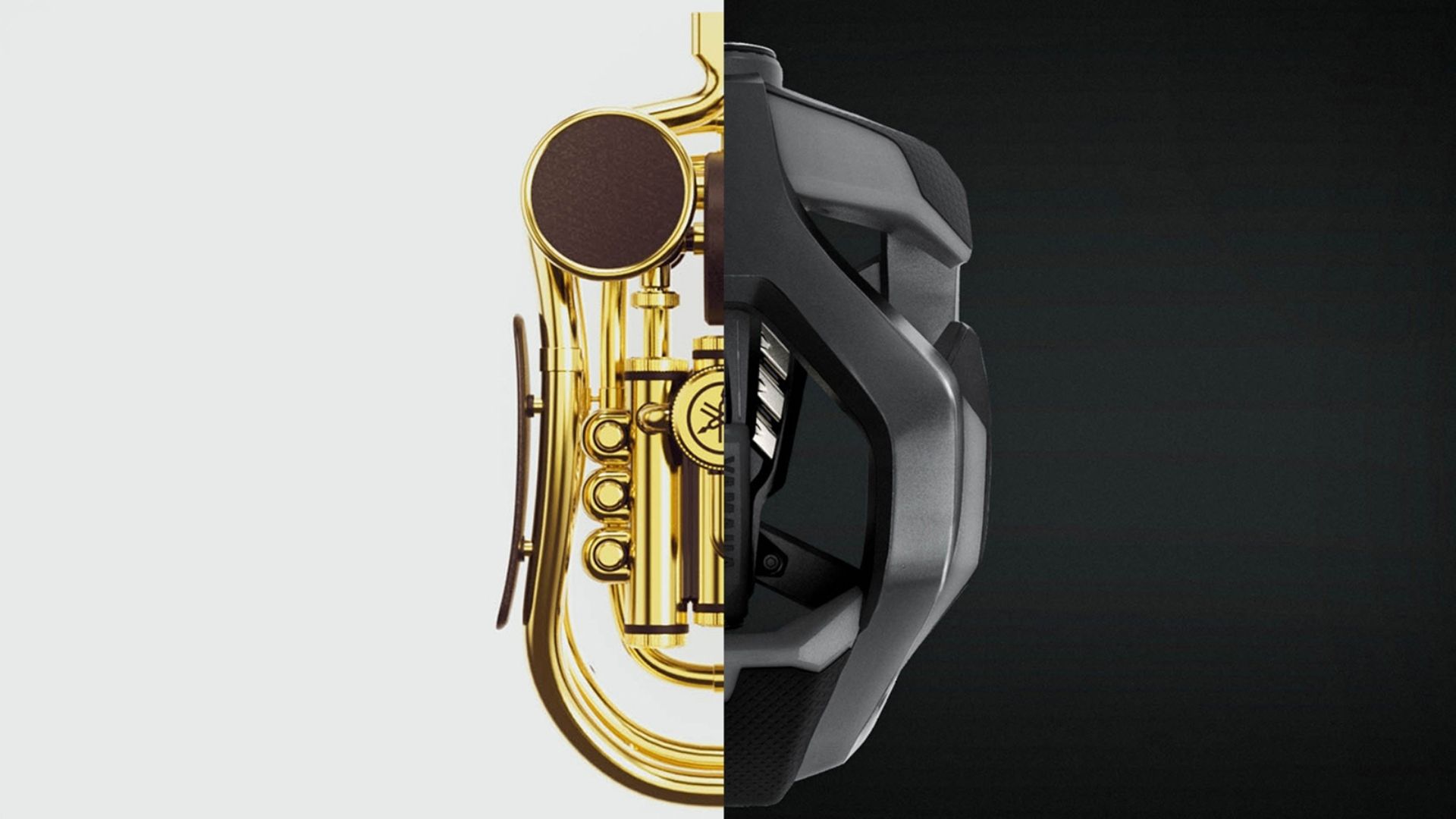Simon Dogger turns a vulnerability into a design opportunity

On a mission to inspire social change, Simon Dogger is challenging the level of social inclusion and the cause of non-inclusive structures in organizations and culture.
Simon Dogger is a designer looking for more inclusive forms of communication. He combines technology with different sensory methods, to allow everyone, whether blind, colored, deaf, female, or in a wheelchair, to have the same access and opportunity.
Dogger became blind in 2009, halfway through his design education, and graduated four years later in 2017, from the Design Academy Eindhoven. In 2020, he won the Dutch Design Award for Young Designer. Dogger uses his limitation to become a user expert, able to connect with the target groups, understand their desires, and create fitting solutions.

Who is Simon Dogger? How did your journey begin?
Simon Dogger: “In my youth we had a large garden, situated between our house and rural Dutch Countryside, that was an ultimate playground to explore and experiment with. Climbing into the trees you could look at the dyke and see the watchtower and by following the ditch, which bordered our garden you would end up in tulip companies.
At the age of nine, I build a steam engine which I had seen in the village play-store the day before… A miniature locomotive driving by itself was magical and wonderous and I tried to rebuild it with aluminum foil, a glass of water, and matches.
Of course, the steam engine did not work, but looking back at it now, it symbolizes the start of my journey as a designer.“

What moved you to begin this career? What is your ultimate goal?
Simon Dogger: “I traveled a large part of my life through the world by bike, leading to long residence stay in the Middle-east and Japan. This gave me a base understanding of people, leading to a human-centered approach further through my life and work.
I started a design education at a later stage in my life, became blind halfway down, took four years to adapt to a completely changed world, resumed my study, and graduated in 2017 at the Design Academy Eindhoven.
My designs never start at the solution. Unimpeded by the limitations of visual aesthetics, I am able to analyze people’s needs without having a preconceived idea of the outcome. My human-centered approach has resulted in innovative concepts and products that bridge communication gaps.
Functionalities range from ‘reading’ someone else’s emotions to finding your way in public buildings – if you cannot see.
I designed applications like the Emotion Whisperer, a tool that translates body language into vibration, and Tik-Tik indoor navigation explorer, a tool to provide independent access in public locations for the visually impaired a new field in this era of visual information. By adding auditive and tactile information as equal alternatives, no one gets shut out.”

Prior to starting a new project, what type of research do you do and why?
Simon Dogger: “The start of a project is often based upon empiric research since I am inspired by my own loss such as the inability to read body language and the dependence in public locations.
When I use this in a design project it changes into a desire. This is an existential difference in interpreting changes in life. When I look at my feeling of inconvenience and fear from out of objective analysis, my vulnerability becomes the input for an idea.
To shift this idea to a concept I organize funding and user expert research to find relevance and a base of support. The prototype phase is always done with validation and an iterative development trajectory.”
Curious to know about other designs for the visually impaired? Head to Sense Five uses ultrasonic and haptic technology to help the visually impaired.

When developing a new inclusive design project, which are your vital tools, resources and methods for the prototyping phase?
Simon Dogger: “The transformation of concepts into prototypes, MFP, and eventually implemented versions are always done with funding, cooperation partners, and validation research with larger groups of stakeholders.
Before the transformation point, there is a relevant and a support base proved in the concept phase through questionnaires and experiments with smaller groups of stakeholders. Specific validation research, in any form and for any phase, is essential in order to make the innovation trajection logic, efficient and durable.“

Can you walk us through your ergonomic considerations when developing a design?
Simon Dogger: “My work is focused upon auditive and tactile information. A blind user of the Tik-Tik Indoor navigation app is not able to see visual navigation feedback, so that has to be delivered by sound or feeling (vibration).
The app guides blind visitors in a building to a destination by using the telephone as a dowsing-rod. It starts to vibrate when you are walking in the right direction. Sound signals tell you when a map is loaded, when you get too close to a wall, or when you have reached your destination.
Each of these forms of information have their own ergonomic specifications. Sound signals have an ideal time span of 0,3 seconds. Make it shorter and you will not hear it, make it longer and it will take away the brightness of the information.
Sounds for navigation feedback have to be designed so that there are signals that can be understood while they do not disturb the user. Vibration parts, those which are in your telephone, can individually generate two forms of information: on or off.
Our sensory components in the skin are not good at feeling the difference in a vibration at a low or high speed. So telling a user to walk just a little bit to the right is very difficult and for that reason, it needs to be directed over angled guidelines and have only the options to go straight, to the left, or to the right.”

In your opinion, what makes a design idea truly innovative?
Simon Dogger: “In my point of view, good innovation is accessible on a financial, physical, mental, and social level. It means that in an operational form a stakeholder has a benefit to use it and that it can be used by the stakeholder.
For example, the Emotion-whisperer is a research project that looks at the influence of visual impairment on social participation. Eventually, the goal is to develop a product that translates facial expression of conversation partners into a vibration.
The design was based upon the accessibility for the visually impaired, (e.g. by using a wearable on the arm), but the validation research to find out if you could recognize the tactile vibrations on the skin is postponed due to corona.
Besides that, the question if people can integrate it into their daily lives and if they are willing to buy it is not answered yet. So as a critical reflection on my own work, the Emotion-whisperer is not a good innovation product so far. However, the knowledge coming out of the research and prototyping phases is truly fascinating.“

Overlooking your career, what would you say were the most important milestones or defining moments?
Simon Dogger: “When I eventually got accepted back at the Design Academy Eindhoven after returning without sight, it took me two years to figure out where to go. I was still trying to fit in the visual domain of design which had a lot to do with not accepting my changed position.
After seriously doubting myself I realized I had to use my vulnerability and my loss as a strength and input for my work. Winning the Dutch Design Award 2020 for Young Designer was an acknowledgment and recognition of my direction.
All the answers in this interview are the result of trial and error, I have made so many mistakes, done non-logic development trajectories, and made prototypes for validation research to find out afterward that the results were already available by other research papers.”

What is the next step for Simon Dogger?
Simon Dogger: “In 2021 Tik-Tik v2.1 will be released. Currently, I am organizing the development of Tik-Tik v2.2. I am working on getting funding for a prototype of the Emotion-whisperer, which is planned for 2021. Also, in cooperation with designer Boey Wang, we are working on a new methodology that turns the design field from exclusive to inclusive and changes the perception of designers.“
Interested in knowing more about inclusive designs? Don’t miss Prepare a meal by touch with Haptics of Cooking.







